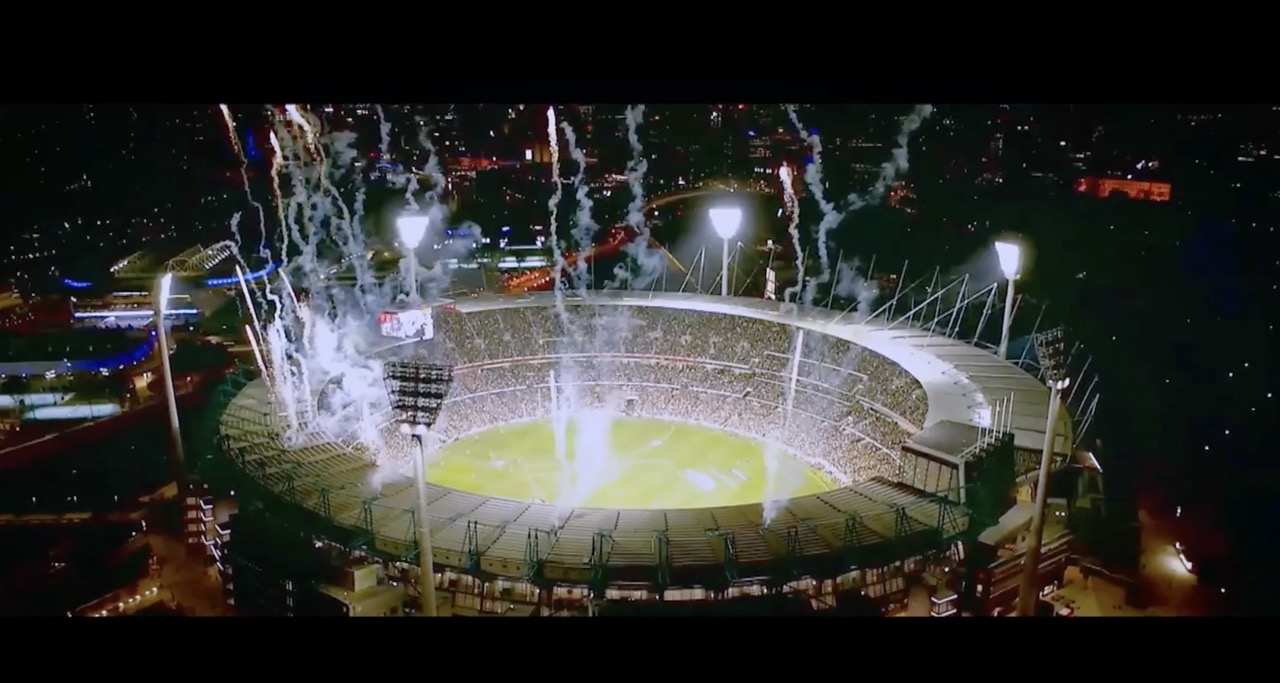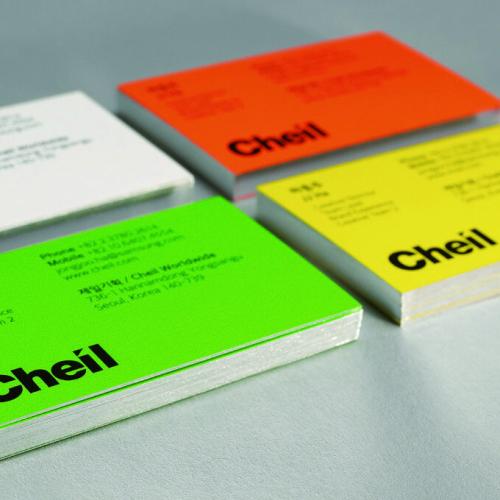
Box lutte efficacement contre les cybermenaces en mettant en lumière les données de sécurité importantes
Pour améliorer sa protection robuste du contenu et des flux de travaux, Box utilise Tableau Pulse dans Tableau Cloud pour obtenir de l’information vitale et ainsi optimiser sa réponse en matière de sécurité aux menaces en constante évolution posées par l’utilisation abusive de l’IA.


















